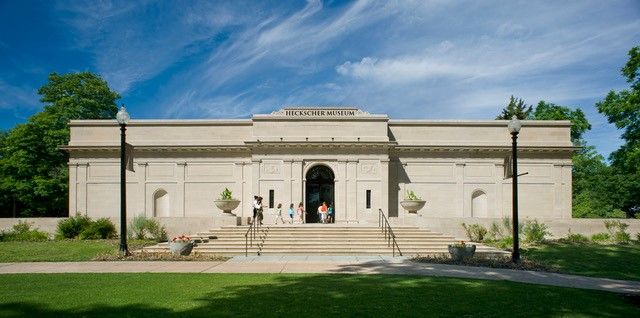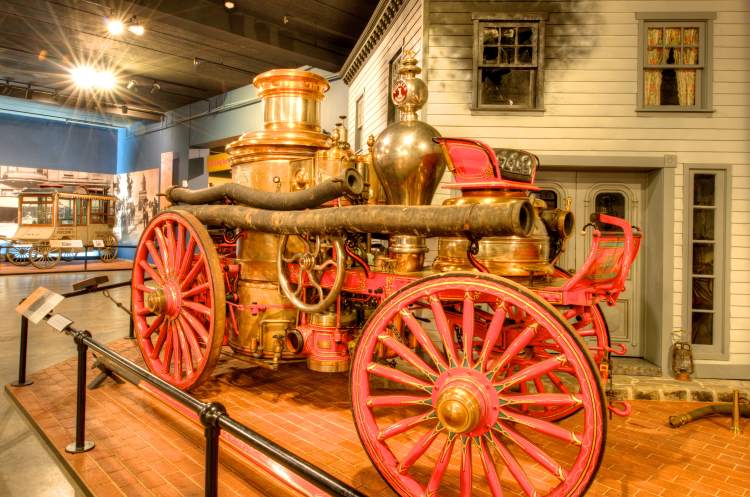Discover The Long Island Museum NY: A Gold Mine of Culture
Discover The Long Island Museum NY: A Gold Mine of Culture
Blog Article
Discover the Rich History of Long Island at This Captivating Museum
As site visitors go across through exhibitions describing the Industrial Change's influence and Long Island's maritime heritage, a much deeper understanding of the area's development starts to arise. Keep tuned as we check out Long Island's modern period, losing light on exactly how the previous proceeds to reverberate in the existing.
Native American Influences on Long Island
The Native American influences on Long Island have actually played a significant duty fit the area's cultural heritage and historical growth. Long prior to European settlers showed up, the land now called Long Island was inhabited by numerous Indigenous American people, consisting of the Massapequas, Montauketts, and Shinnecocks. These tribes lived off the land, fishing in the plentiful waters surrounding the island and cultivating the fertile soil for farming.
The Indigenous Americans on Long Island had an abundant spiritual and cultural custom, apparent in their detailed artwork, standard dancings, and oral narration. Their deep link to the land is reflected for lots of communities and landmarks on Long Island, which originated from the languages of these indigenous peoples.

Colonial Heritage and Early Settlements
With the arrival of European inhabitants, Long Island's landscape started to undergo considerable transformations as colonial heritage and early negotiations took origin in the region. The Dutch were among the very first Europeans to develop a visibility on Long Island, with settlements such as New Amsterdam (present-day New York City) playing a critical role in the island's colonial history. Later on, the English got control of the area, shaping the architectural and cultural landscape with the facility of towns and communities.
Among one of the most remarkable early settlements on Long Island was Southampton, founded in 1640 by English Puritans seeking religious freedom. This marked the beginning of organized European settlement on the island, leading the way for additional growth and development. In time, even more towns and towns emerged, each with its own unique character and payment to Long Island's colonial heritage.
As these early negotiations expanded, they created the structure for the diverse areas that feed on Long Island today. The colonial heritage of the area proceeds to be celebrated and preserved, using visitors a peek into the past and a recognition for the abundant history that formed Long Island right into what it is today.
Industrial Change and Maritime History
Throughout a duration of extensive makeover and technological advancement, Long Island's commercial revolution linked with its maritime background, forming the region's financial landscape in unmatched ways (The Long Island Museum). The Industrial Change, which began in the late 18th century, brought significant changes to Long Island's economy.
Maritime profession played a crucial role during this period, connecting Long Island to major ports in the United States and beyond. The island became a center for trade, inviting seller vessels and cultivating a dynamic delivery market. Long Island's proximity to New York City also added to its financial prosperity, as products might quickly be transferred in between the 2 areas. Today, remnants of Long Island's industrial and marine past can be explored at museums and historic websites, using a peek right into the region's rich background.
Long Island in the Modern Period
Long Island's advancement in the modern-day age reflects a blend of practice and development, shaping its contemporary identification. As one of the most largely inhabited areas in the USA, Long Island has ended up being a hub for varied markets, ranging from modern technology and health care to finance and tourism (The Long Island Museum). The island's distance to New York City has played a substantial duty in its advancement, with several travelers choosing to stay in its country communities
In current years, Long Island has actually seen a rise in sustainable initiatives targeted at protecting its all-natural appeal and combating environment adjustment. The conservation of its seaside locations, such as the Fire Island National Seaside, highlights the island's commitment to environmental conservation. Additionally, Long Island's cultural scene has actually flourished, The Long Island Museum parking with art galleries, songs venues, and theaters adding to its vibrant cultural landscape.
Moreover, the contemporary age has seen Long Island accept diversity and addition, with a growing population of immigrants adding to its rich tapestry of societies. Overall, Long Island remains to advance, balancing its abundant background with modern progress to form a vibrant and durable neighborhood.
Upcoming occasions and unique exhibitions
Showing Long Island's dynamic social landscape and dedication to advancement, the gallery is currently holding a collection of unique exhibitions and eagerly anticipates forthcoming events. Among the unique exhibits currently on display screen is "Long Island Via the Ages," which traces the island's abundant history from its early aboriginal residents to the present day. This display showcases multimedia, papers, and artifacts discussions that supply a comprehensive check out the varied heritage of Long Island.
Along with the ongoing unique exhibitions, the museum is preparing for an interesting schedule of upcoming occasions. Site visitors can look ahead to a lecture series featuring popular chroniclers and local professionals discussing various facets of Long Island's history. There will also be hands-on workshops where attendees can discover traditional crafts and abilities that have actually been passed down via generations on the island.
These special events and upcoming occasions not only improve the gallery experience but additionally work as a testament to Long Island's lively cultural tapestry and the gallery's dedication to maintaining and sharing its heritage with the community. The Long Island Museum hour.
Conclusion
Finally, the gallery uses a comprehensive consider the abundant history of Long Island, from Indigenous American impacts to colonial heritage, industrial revolution, and modern age advancements. With special exhibits and upcoming events, visitors can dig much deeper into the varied cultural and historic facets of the region. Whether you're a history fanatic or simply curious about Long Island's past, this gallery supplies a captivating experience for all.
Long before European settlers showed up, the land currently understood as Long Island was populated by different Native American people, including the Massapequas, Montauketts, and Shinnecocks. The Dutch were amongst the initial Europeans to develop an existence on Long Island, with negotiations such as New Amsterdam (contemporary New York City) playing a crucial role in the island's colonial background. Today, remnants of Long Island's maritime and commercial past can be explored at museums and historic websites, providing a glance right into the area's rich history.

Please visit one of our local supporters - The Modern Medicare Agency Advantage Agent
Report this page